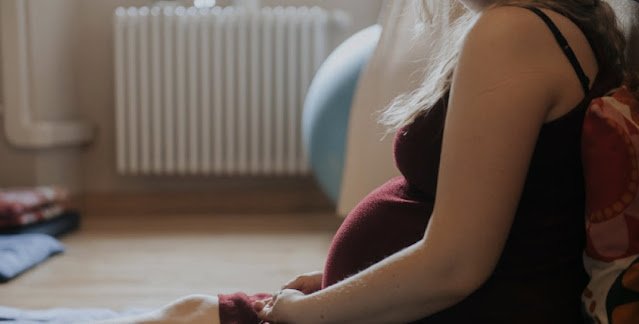70% of the healthcare products tested by 60 million consumers contain toxic substances
70% of the healthcare products tested by 60 million consumers contain toxic substances
In the latest evaluation conducted by the National Institute of Consumption's magazine, concerns arise over the persistent presence of contaminants in the composition of certain sanitary napkins, tampons, and panty liners. It's a topic that affects every woman, as on average, she uses approximately 10,000 hygiene products throughout her life. Yet, even today, the majority of women remain unaware of what these products are made of. In this article, we'll delve into the findings of the magazine "60 millions de consommateurs," which analyzed 24 hygiene products, including 9 sanitary napkins, 9 tampons with applicators, and 6 panty liners. The results are alarming, as they reveal potential risks to daily life and overall health due to the presence of toxic substances in 70% of the tested products.
The Toxicity of Hygiene Products
The magazine's investigation immediately raises concerns about the toxicity of hygiene products available in supermarkets. Two tampon brands, Doulys by Marque Repère and Tampax Compak, have come under scrutiny for their fibers disintegrating upon use. While manufacturers claim that this phenomenon poses no risk to the body, "60 millions de consommateurs" laments the lack of scientific studies on the impact of these fibers, emphasizing that their safety depends on their composition.
Furthermore, after thorough analysis, undesirable chemical residues were found in both tampons and sanitary napkins. In total, 70% of the samples tested contained one or more confirmed or suspected contaminants, which could be carcinogenic, mutagenic, reprotoxic, or endocrine-disrupting. AOX (absorbable halogenated organic compounds) was detected in products from brands like Nana, Love&Green, and Tampax. Dioxins were also identified in Tadam tampons, Carrefour Soft tampons, Saforelle tampons, and Joone sanitary napkins. Glyphosate or Ampa were found in Tadam tampons, Saforelle tampons, Natracare tampons, and Petites Choses tampons. Surprisingly, the presence of environmental labels did not guarantee the absence of contaminants.
Absorption Issues
When it comes to the performance of these products, the analysis yields mixed results. While sanitary napkins and tampons generally absorb more fluid than a menstrual cup (20-50 ml versus less than 3 ml), there are significant variations among different brands of sanitary napkins and tampons. Some brands absorb as little as 3.5 ml, while others can hold up to 24 ml. Notably, Joone's Perfect Hygienic Napkins and Carrefour Soft's Pure 100% sanitary napkins are criticized for omitting a super-absorbent material, hydrogel polymer, which can be environmentally harmful but significantly improves absorption and protection when properly distributed.
Regarding panty liners, although most brands prove to be effective, some may leave a feeling of dampness when used, such as Always' Dailies panty liners.
How Do Toxic Substances End Up in Intimate Hygiene Products?
The presence of toxic substances in intimate hygiene products raises questions about the raw materials used and undesirable compounds that may occur during manufacturing. According to Sylvie Metzelard, the editor-in-chief of "60 millions de consommateurs," these levels of contamination are low and comply with regulations. However, our current knowledge about mucous membrane exposure to such contaminants remains limited.
In conclusion, the magazine calls on manufacturers to improve their production processes and the selection of raw materials. They also advocate for better labeling, with more information about the composition of each hygiene product. Until these changes are implemented, consumers can opt for products like U Nature sanitary napkins and Labell panty liners, which are not only cost-effective but also considered "cleaner."
Conclusion
The findings from the analysis of hygiene products by "60 millions de consommateurs" reveal unsettling truths about the composition and safety of products used by millions of women daily. As consumers, it's crucial to be aware of potential risks associated with these products and make informed choices for our well-being.
FAQs
- Are all hygiene products equally safe?No, the analysis conducted by "60 millions de consommateurs" revealed significant variations in the safety and composition of different brands of hygiene products.
- What can consumers do to protect themselves from toxic substances in hygiene products?Consumers can choose products with better labeling and opt for brands that prioritize safety and transparency in their manufacturing processes.
- Do environmental labels guarantee the absence of contaminants in hygiene products?Surprisingly, the presence of environmental labels did not guarantee the absence of contaminants in some tested products.
- Are there alternative, safer hygiene product options available?Yes, products like U Nature sanitary napkins and Labell panty liners are considered safer options by "60 millions de consommateurs."
- How can manufacturers improve the safety of hygiene products?Manufacturers can enhance safety by refining their production processes, selecting safer raw materials, and providing more detailed product information to consumers.






